A terrarium garden is much like an aquarium, but a habitat for plants rather than aquatic life. A terrarium can be constructed in a diverse array of glass containers. When planted, it should look like a miniature forest or fairy garden; its own unique little world.
Terrariums are fun to craft for home decor or as gifts, and it’s easy to make an attractive mini-garden for yourself. Read on to learn more about terrarium plants, how to choose a container, and how to create a miniature green world of your own design.
How To Choose Terrarium Plants
When you’re choosing plants for your terrarium plants, make sure to choose terrarium plants that thrive in the same environment you’ll be creating. For example, some terrarium landscapes are planted with all succulents (including cacti) which require little in the way of water. These desert scapes may also include petrified wood, driftwood, and colored sand. Other terrariums planted with ferns, moss, ivy, and small moisture-loving plants are crafted to mimic a rainforest.
Related Post: How To Make A Succulent Terrarium
When selecting miniature terrarium plants and trees, give your imagination free rein. Designing a terrarium landscape is almost like painting a landscape on canvas. Begin by picturing a life-size tree.
Now, enjoy finding a comparable miniature plant to position in the terrarium. Magically, the tiny plant you choose becomes the tree in your miniature fairy forest. For the forest floor or a lawn in the terrarium, plant low-growing baby tears or Irish moss.
Cacti
When shopping for terrarium plants you will find cacti in all shapes and sizes: big and little, fat and skinny. Cacti are members of the plant family Cactaceae. There are three types of cacti.
- Terrestrial – grow on the ground
- Epiphytic – grow on other plants such as trees
- Lithophytic – grow on rocks, stumps, or other solid, arid support
The majority, but not all, cacti have spines. Requiring very little moisture to survive and well-adapted to handle extreme heat, some cacti species live for more than 100 years. Small cacti varieties that lend themselves to terrarium or dish garden planting include the following.
Copiapoa Esmeraldana
Native to Chile, Copiapoa esmeraldana is small, low-growing, and characterized by a bold green skin tone. On top of the cactus is an incredible, disproportionately huge yellow-orange and white flower! They have tiny, fine spines and a fluffy white areola.
Echinocereus Morricalii
Displaying slow-growing clumps of upright, spineless, small green columnar cacti, Echinocereus morricalii is perfect for background growth or when planting a “grove” of miniature trees in your terrarium.
Gymnocalycium Friedrichii
Exhibiting amazing small purple flowers, Gymnocaliycium friedrichii is a flat, globular cactus with dark red skin and stripped white ribbing.
Astrophytum Myriostigma
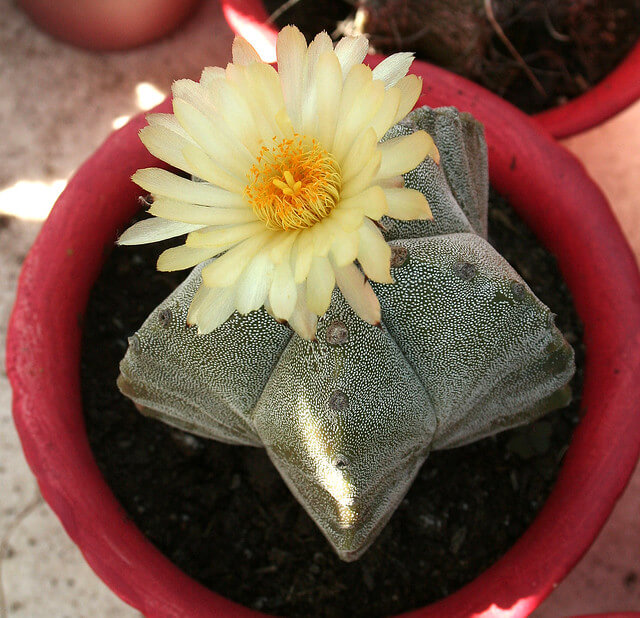
Native to Northern Mexico, Astrophytum myriostigma exhibits 3 to 7 sharply-defined ribs, similar to a bishop’s hat. Also known as star cactus, this tiny green and white hardy plant presents a fuzzy white appearance over dark green.
Succulents
Succulents, part of the same plant family Cactaceae as cacti, offer the advantage of being small, slow-growing plants requiring minimal care and little water. Simple plants, they require direct sunshine, no fertilizer ever, and well-drained soil.
Related Post: 20 Types Of Succulents For Your Desktop Or Rock Garden
There are thousands of species of succulents, so it’s fun to keep looking for rare and unusual plants to serve as the focal point in your terrarium landscape. Keep in mind, succulents like the same conditions as cacti and will die if their roots are wet.
Ice Plant
The ice plant (Corpuscularia lehmannii) is a small, short, and stubby succulent that does well in a terrarium setting.
Anacampseros Telephiastrum Variegata
Native to South Africa, the sunrise succulent grabs everyone’s attention with its striking hot pink color and unusual star-like shape. Small, slow-growing, and requiring the most minimal care, sunrise is a must to include in any terrarium plant collection.
Haworthia Retusa Geraldii
Pale lime-green with white stripes, this small, slow-growing plant serves as a focal point in any group planting, and acts as a bold contrast for taller, darker-colored cacti or succulents.
Ferns
Asparagus Fern
Asparagus fern proudly boasts bright green feathery fronds. This plant will stay small in a container or grow into massive clumps when planted in the garden. Asparagus ferns thrive in bright sunshine and likes a cool, moist environment. Prune as needed to control growth.
Autumn Fern
Autumn fern (Dryopteris erythrosora) offers small, flat, dark green fronds. Slow-growing and tolerant of less than ideal sunlight, the autumn fern lends itself well to terrarium planting.
Boston Compacta Fern
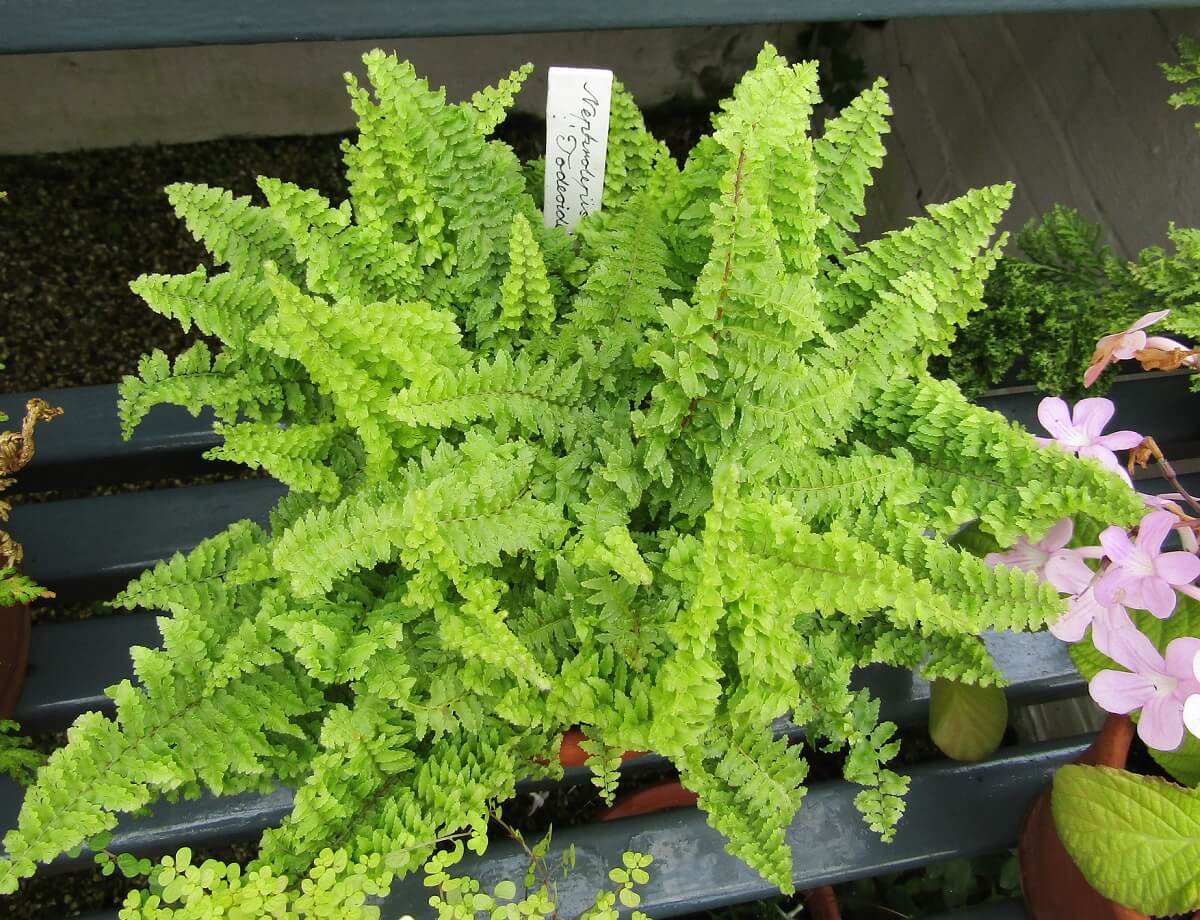
Boston Fern (Nephrolepis exaltata) is a small, dense, bright green plant with lacy, wide fronds. It’s easy to grow and maintain.
Austral Gem Fern
The Austral Gem fern (Asplenium difforme) is a dense and compact, deep green fern with broad, flat fronds that add texture and harmony to terrarium plantings.
Button Fern
Button fern (Pellaea rotundifolia) is another small, feathery, deep green fern that adapts itself to the size to the terrarium container. Trim older, outer fronds to control size.
Air Plants
A unique genus of more than 650 species of small, evergreen flowering plants in the family Bromeliaceae, tiny varieties of Tillandsia plants thrive in terrariums.
Native to the rainforests, desert environments of Mexico, the Southeastern United States, and Central and South America, Tillandsia are epiphytes that grow without soil. They are great for attaching to rocks or driftwood within the terrarium. Air plants provide an exotic look with bold, showy flowers, a delightful fragrance, and limitless arrangement possibilities.
Ionantha Fuego
A small plant with short, waxy foliage, this air plant draws attention with the red tips of its leaves and orange and purple tubular flowers.
Tillandsia Aeranthos
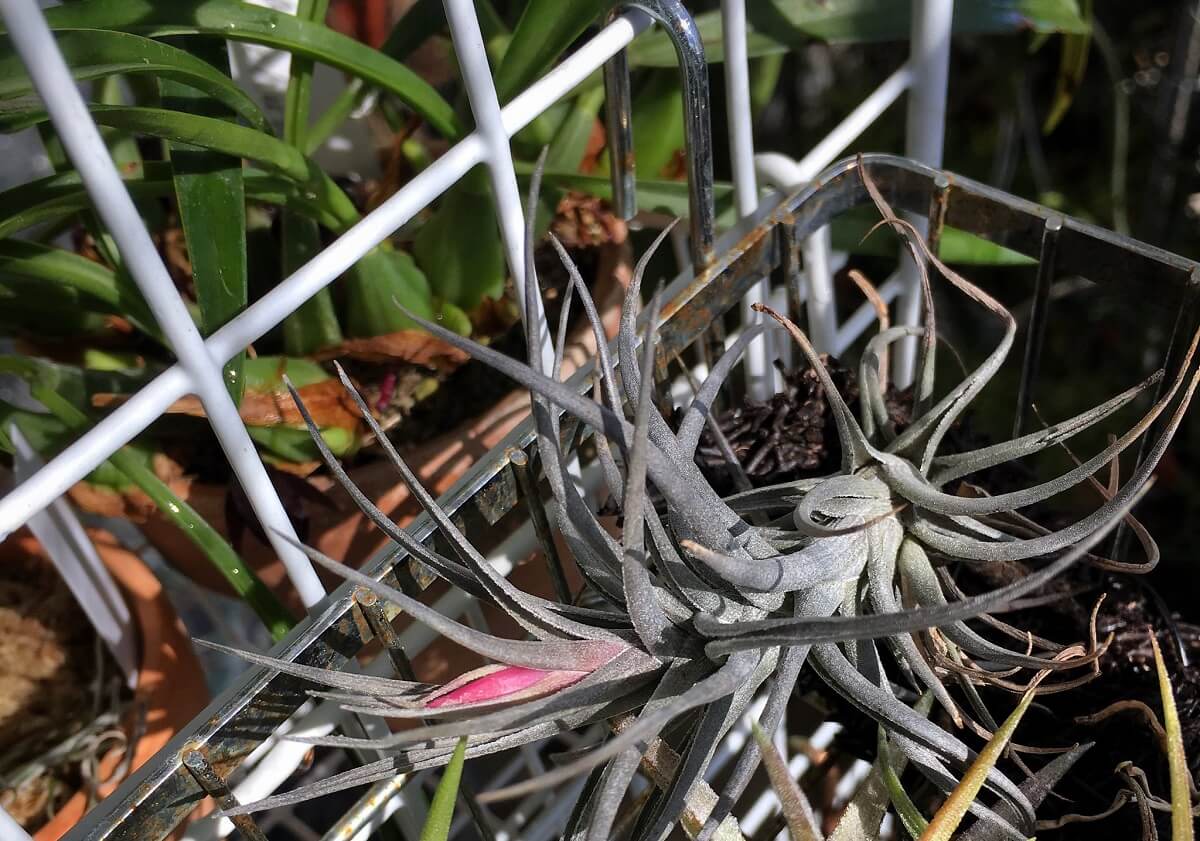
Carnation of the air (Tillandsia aeranthos – clavel del aire) is a strikingly beautiful, upright plant with vivid orange and pink flowers.
Red Abdita
Waxy red 2 to 3-inch leaves make this little Tillandsia a favorite, and best of all, it’s easy to grow with little maintenance.
Pixie Plants
Dwarf and miniature tropical plants are perfect for planting in terrariums and mini-gardens. They provide appeal with different textures, heights, and colors.
Angel Wing Begonias
Dwarf angel begonias (Begonia aconitifolia) are charming additions to a moist terrarium. They love bright, filtered light and can be trimmed to control size. The leaves are heart-shaped, ribbed, and waxy.
Groundcover
Low-growing groundcovers are used to cover the surface of the soil around the base of the plants in a moist terrarium setting.
Sandwort
Sandwort (Arenaria montana) is a very dense slow-growing groundcover that works well as soil cover in moist terrarium environments.
Related Post: 9 Ground Cover Plants to Replace Your Grass Lawn
The plant is low-growing, a deep, lime green color, and exhibits miniature white flowers.
Scleranthus Biflorus
Australian astroturf is another dense, low-growing groundcover perfect for positioning in terrarium plantings. This type of groundcover moss helps retain moisture and balance within a sealed biosphere.
Miniature Ivy
Miniature ivy is a dainty, dark green vining plant that is attractive in a terrarium setting. Trim to control the size and location of the vines in your design.
Selecting a Container
When constructing a terrarium, you can use either an open or sealed container. Choose an open-air container for plants such as cacti and succulents that thrive in arid conditions; use sealed for moisture-craving plants like ferns and begonias.
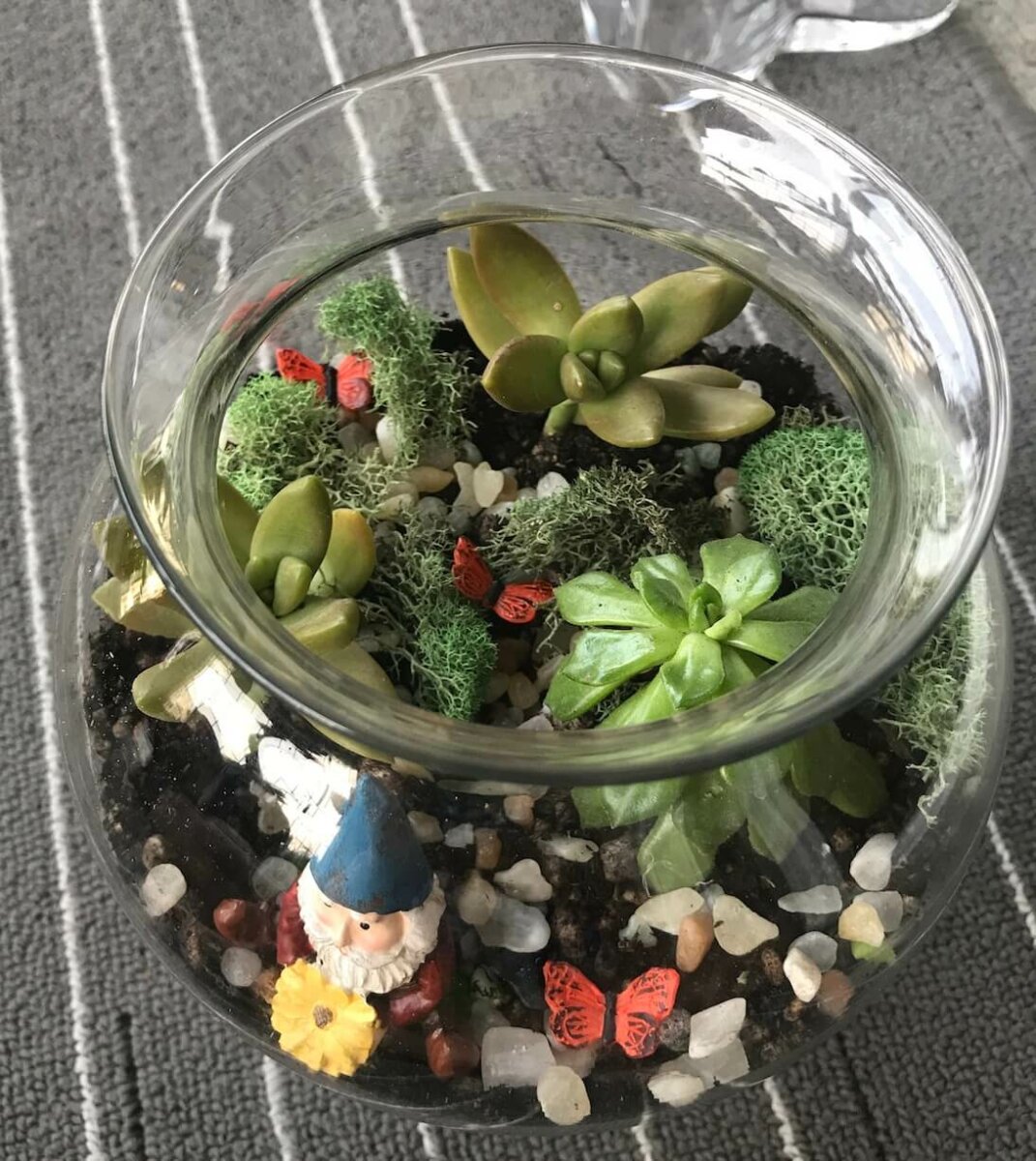
When using a sealed container, watch for excess moisture developing on the inside of the glass. While moisture-loving plants like a humid home, you don’t want the walls dripping. If excessive moisture is evident, remove the lid for a day or two to allow excess moisture to evaporate.
Choose a clear glass container such as a cookie jar, goldfish bowl, pickle jar, vase with a sturdy bottom, or a shallow dish with a clear glass cover. Before planting, make sure the container is spotlessly clean to prevent transferring any contaminant that could harm your plants.
Assembling Supplies
To build your terrarium, you will need the following supplies:
- Sand
- Cacti potting soil mixture
- Small pebbles, marbles, rocks, shells, and driftwood*
- Activated charcoal
*Although these materials are available at any craft store, it is a fun challenge to find those special adornments for your terrarium yourself. However, do not use shells or driftwood from the shore without washing all items thoroughly. Embedded sea salt can kill your plants.
Planting Your Terrarium
Begin by layering the bottom of your terrarium container with pebbles, rocks, sand, charcoal, and small gravel. Keep in mind that these layers are part of the visual draw of the terrarium, so make layers of various thickness, tilting the container to provide hills and valleys in your potting design.
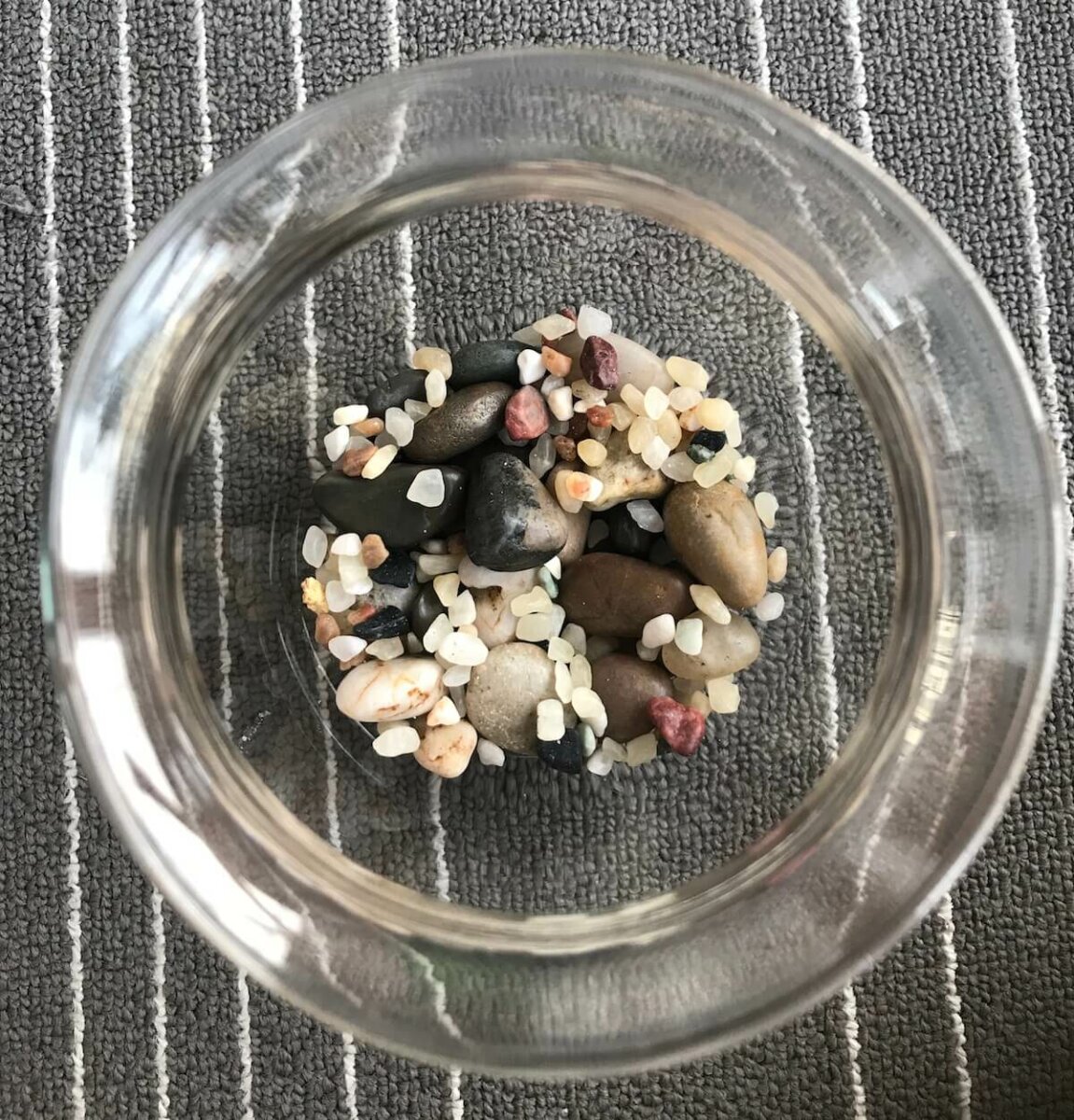
Layer small rocks and pebbles about an inch thick on the bottom of the container to serve as soil drainage and keep plant roots from becoming water-logged. Next, add a ½-inch layer of charcoal. Fill the remaining half of the container with a potting soil and sand mixture.
Carefully position plants on top of the soil mixture, arranging to allow room for some growth. Pat plants down gently to encourage rooting.
Add decorative rocks, driftwood, and shells. Water — but don’t overdo it. Remember, you are crafting a desert environment when planting cacti, and a rainforest when establishing a semi-moist jungle environment.
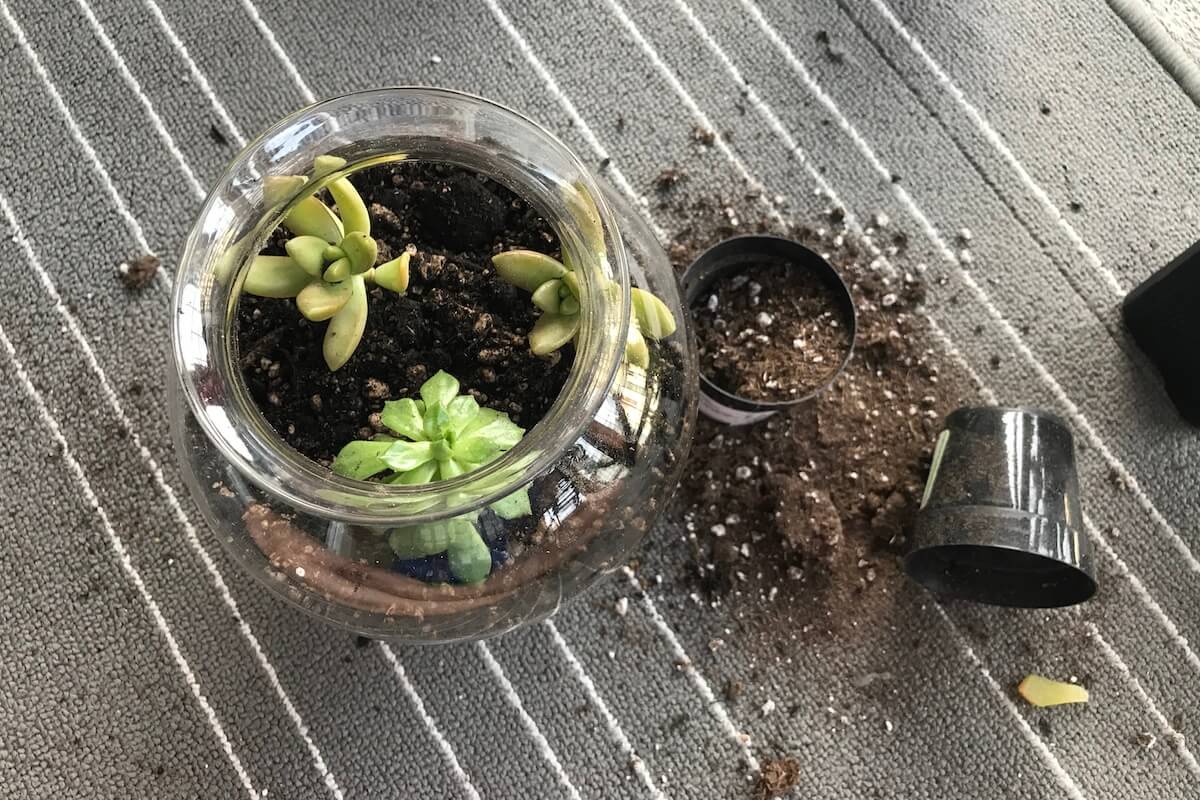
Do not fertilize cacti and succulent terrarium plantings. Moist environment terrarium plants benefit from an application of highly diluted organic fertilizer bi-monthly.
For more detailed instructions of how to make your own open-air succulent terrarium, check out this article!
References:
- Secrets to Success When Propagating Succulent Plants, Michigan State University Extension
- Make a Terrarium Mini-Garden, NASA Climate Kids
- Cacti, U.S. Fish & Wildlife Services


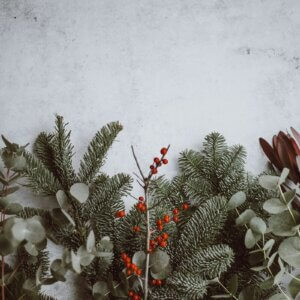
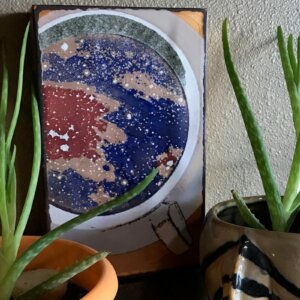
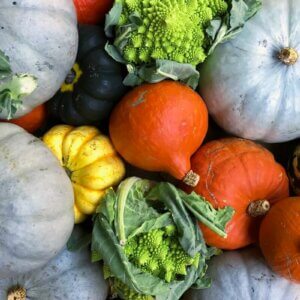



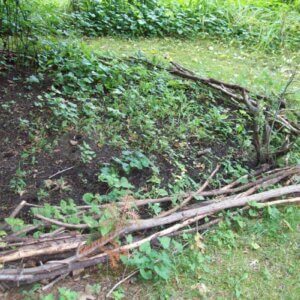

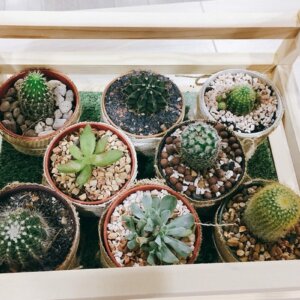




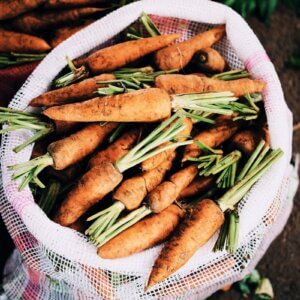

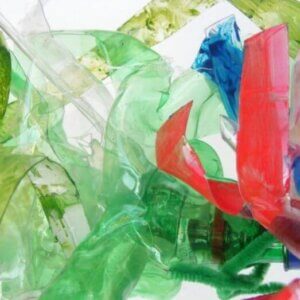


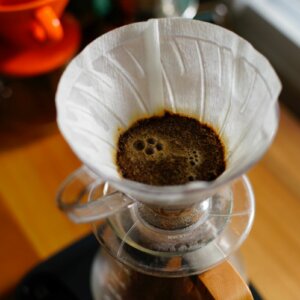

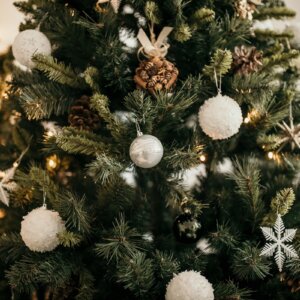

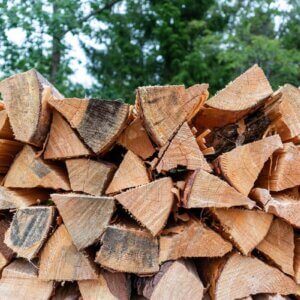
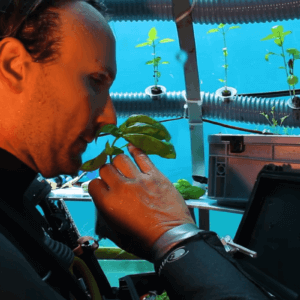
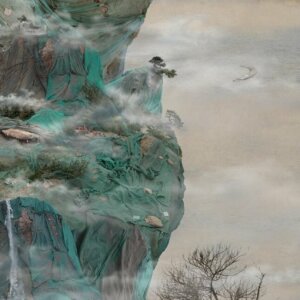

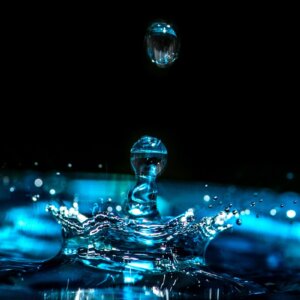

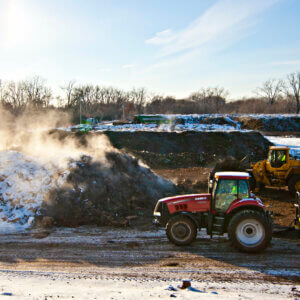
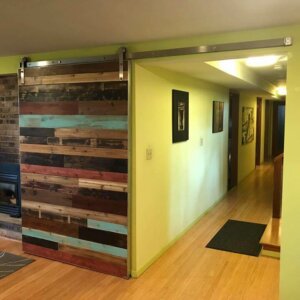
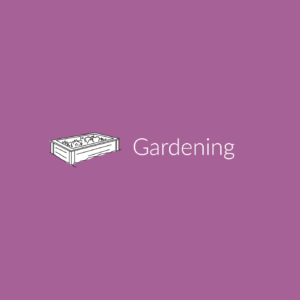

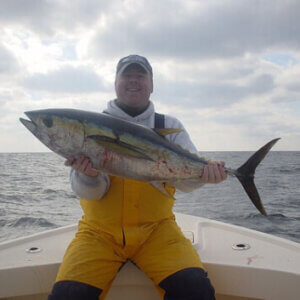
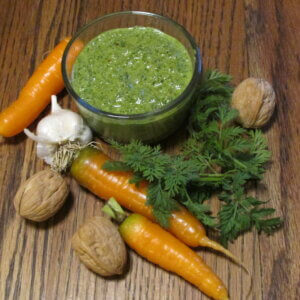




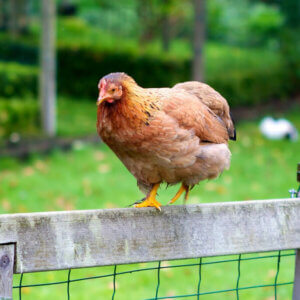

Leave a Reply